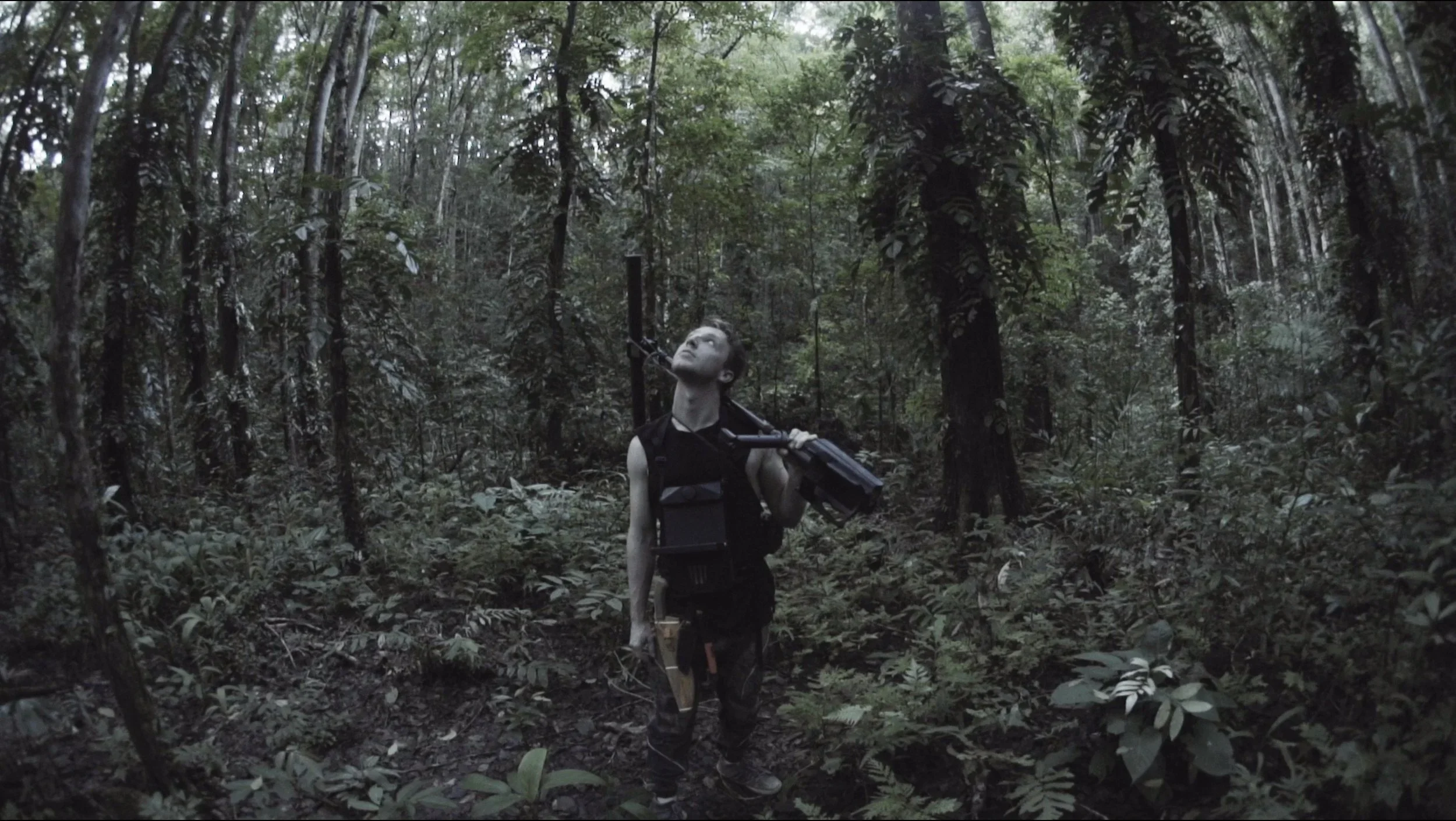‘The Moises Padilla Story’ REVIEW: When Propaganda Intrigues
‘The Moises Padilla Story’ REVIEW: When Propaganda Intrigues
The official poster for “The Moises Padilla Story”. Photo courtesy of Video 48.
Philippine film history often describes the 1960s as a period that saw its postwar auteurs such as Lamberto Avellana (“Badjao”, “Anak Dalita”) and Gerry De Leon (“48 Oras”, “Ifugao”) sustain their relevance with the creation of renowned works like “The Portrait of the Artist as Filipino” and “Noli Me Tangere”, to name a few. It is also considered a period that is difficult to dissect considering the lack of preserved copies of films produced during the decade. “The Moises Padilla Story” was long considered a victim of this travesty as it suffered difficulties in restoration thanks to a missing reel that contained a major scene crucial to the film’s plot. For a long time, the only accessible version of de Leon’s film, at least from what we’re physically and digitally aware of, is a recording of the film’s unrestored version in extremely poor quality, sans the missing reel. In that state, the film was something deemed largely unwatchable considering the amount of noise and disruption that could be experienced while watching the film.
Celebrating the start of the Philippine Film Industry month meant the end of that frustrating experience, as de Leon’s 1961 classic would finally be restored thanks to the retrieval of that missing reel and the subsequent reconstruction of everything through the assistance of the Central Digital Lab. Teddy Co and Dik Trofeo in their introductory speeches to the film make the timeliness of its restoration even more coincidental, as the film’s pro-poor, pro-people sentiments mirror today’s struggles with red-tagging and distaste for anti-government resistance, elements markedly consistent throughout the fabric of Philippine history. It should be noted that de Leon is no stranger to the art of propaganda cinema, as his experience in the field ranges from the Japanese war film, “Liwayway ng Kalayaan”, to the pro-farmer “Ang Daigdig ng Mga Api”. In the case of “Moises Padilla”, the film was funded by Carlos P. Garcia as an attempt to challenge Diosdado Macapagal in the 1961 elections. While it didn’t give Garcia the re-election win he desired, it at least provided us with a story that, despite its propagandist nature, reveals a film technically and fundamentally executed to the point that its didactic nature feels natural as opposed to deliberate.
“Moises Padilla” focuses on the titular character, an ex-guerrilla fighter living in the town of Magallon, Negros. There, he is suddenly thrust into the spotlight of local politics when he is slated to run for Mayor. This sudden decision is something the film explains away in the first half, where his frequent encounters with the town’s corrupt police and the unjust treatment they bring to the town are something he slowly internalizes rejection towards. There’s an element of fate that is introduced here, where that decision isn’t something he initially chose, but rather, was thrust into thanks to his association with the Nacionalista Party. It becomes the vehicle for Moises to identify his place in his society and how he ought to champion the poor, the masses, and especially his loved ones, towards justice. Leopoldo Salcedo plays this lead role with a level that is quite natural. Admittedly, most of his emotions run through his eyebrows, but nonetheless he delivers these feelings of indignation and conviction quite well.
Complementing this message of political participation is Moises’ fellow guerrilla-turned-police lackey Boy, whose history with Moises keeps him from treating him outright as an enemy. There’s an air of ambivalence he possesses throughout the film, having to follow orders from the governor while subsequently offering advice to Moises on account of his safety. Joseph Estrada plays him with a coy, slightly boyish appeal given how soft, yet hard-faced he looks at times. In contrast to his contemporaries though, he does seem the least menacing and the most empathetic one to identify with.
Along the way, there’s a romantic subplot that is introduced. Quite expected for the period anyway, but seeing Lilia Dizon riff off these romantic barbs alongside Leopoldo Salcedo feels like a breath of fresh air in between than something cohesive to the social morals of the film. It shares the spotlight with a bevy of other symbolisms, most especially related to Moises’ Jesus-like suffering, that make it feel slightly odd, but necessary in keeping its audience engaged.
An excerpt from the long known missing reel of “The Moises Padilla Story”, with Joseph Estrada seen playing one of the villains of this film. Photo taken from the documentary series “Visions”.
What is most impressive about every single section of “The Moises Padilla Story” isn’t its propagandist subtext or the star power of its actors, but rather it is the methods by which Gerry de Leon composes and directs each actor in the shot. There’s a Kurosawa-like element to the way each character in the frame stands relative to one another. It’s almost theatrical in its design, yet visually imposing with how he plays with blocking and contrast several times. Especially considering the film’s composition, lighting, and score are crucial to complementing its political elements, as well as its religious themes. It would seem impossible for this film to work in its religious imagery or personal morals without the perfect construction and composition of each scene, something de Leon does well here.
However, even in its restored state, the film leaves a little more to be desired in its restoration. The film is peppered with plenty of abrupt cuts and skips that are the product of reels truly difficult to repair even with extensive restoration or editing. It’s an experience that easily threw off plenty of viewers at the screening (see: people leaving in between the film) and understandably for how frequent these cuts would occur. It’s a shame to think about because this film, ideally, carries so much emotion and vigor that exists outside of its political elements that the sudden cuts eliminate any possibility of harnessing these moods. I’m certain Gerry de Leon intended for these affected scenes to be much longer than they are now. But to feel impressed despite some of its limitations says a lot about the power this film carries in it.
All in all, “The Moises Padilla Story” is one of the most engaging experiences from the 60s. It’s a film whose propagandist and political elements with a mastery of fundamentals, creating something riveting and enchanting only boggled by external imperfections.
The Moises Padilla Story was screened in Trinoma last September 2 as part of the opening ceremony to celebrate the start of the Philippine Film Industry month, organized by the Film Development Council of the Philippines.















